Research
Investigating Drilled Shaft Inspection Techniques
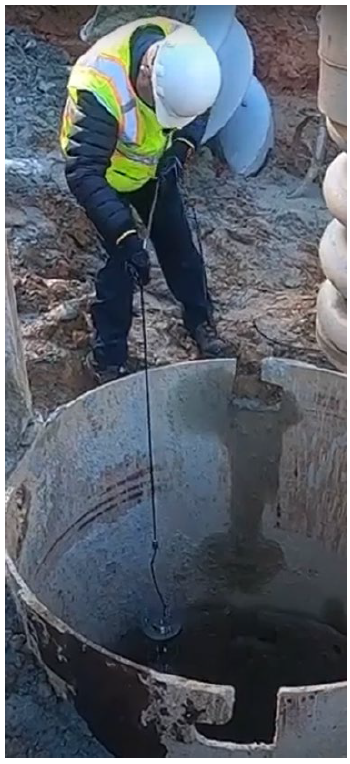 Drilled shafts, or caissons, are essential deep foundation elements widely used for
their ability to resist significant axial and lateral loads. Ensuring their structural
integrity requires meticulous inspection of key parameters, such as sidewall irregularities,
shaft verticality, and base cleanliness, prior to concrete placement. Traditional
inspection methods often involve visual assessments by field inspectors entering dry
excavations, posing safety risks and compliance challenges under Occupational Safety
and Health Administration (OSHA) regulations. To address these concerns, this research
focuses on advancing non-invasive inspection technologies for drilled shaft construction.
Drilled shafts, or caissons, are essential deep foundation elements widely used for
their ability to resist significant axial and lateral loads. Ensuring their structural
integrity requires meticulous inspection of key parameters, such as sidewall irregularities,
shaft verticality, and base cleanliness, prior to concrete placement. Traditional
inspection methods often involve visual assessments by field inspectors entering dry
excavations, posing safety risks and compliance challenges under Occupational Safety
and Health Administration (OSHA) regulations. To address these concerns, this research
focuses on advancing non-invasive inspection technologies for drilled shaft construction.
Our study, conducted in collaboration with the Georgia Department of Transportation (GDOT), evaluated a range of state-of-the-art inspection devices designed to eliminate the need for human entry into excavations. These tools, which leverage technologies such as sonar, LIDAR, and mechanical calipers, were tested for their effectiveness in measuring verticality and sediment thickness at the shaft base. The study provided critical insights into the safety, accuracy, mobility, and cost-efficiency of various inspection methods, offering valuable guidelines for selecting the most suitable equipment for specific project needs.
Optimizing Fly Ash Utilization for Soil Stabilization in Subgrade Applications
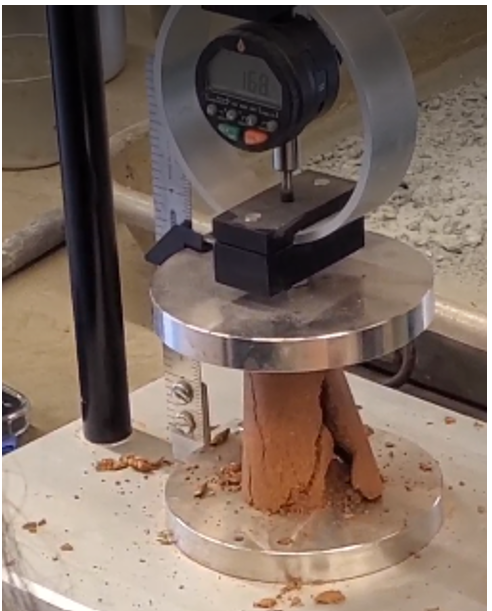 This research focuses on enhancing the engineering properties of clayey sand through
the optimal use of fly ash, a byproduct of coal combustion. With millions of tons
of fly ash produced annually, leveraging this material in soil stabilization offers
significant environmental and economic benefits. The study investigated the effects
of varying soil-to-fly ash ratios on parameters such as unconfined compressive strength,
moisture content, and density, aiming to identify the optimal mix for use in subgrade
construction.
This research focuses on enhancing the engineering properties of clayey sand through
the optimal use of fly ash, a byproduct of coal combustion. With millions of tons
of fly ash produced annually, leveraging this material in soil stabilization offers
significant environmental and economic benefits. The study investigated the effects
of varying soil-to-fly ash ratios on parameters such as unconfined compressive strength,
moisture content, and density, aiming to identify the optimal mix for use in subgrade
construction.
Using Class F fly ash from a Georgia power plant, the research demonstrated that a fly ash content range of 32–50% significantly improved soil strength and reduced settlement and volume change behavior. The findings highlight the potential of high fly ash percentages in sustainable construction practices, reducing waste management costs and environmental impact while improving roadway performance.
Advancing Full Depth Reclamation (FDR) for Sustainable Pavement Rehabilitation
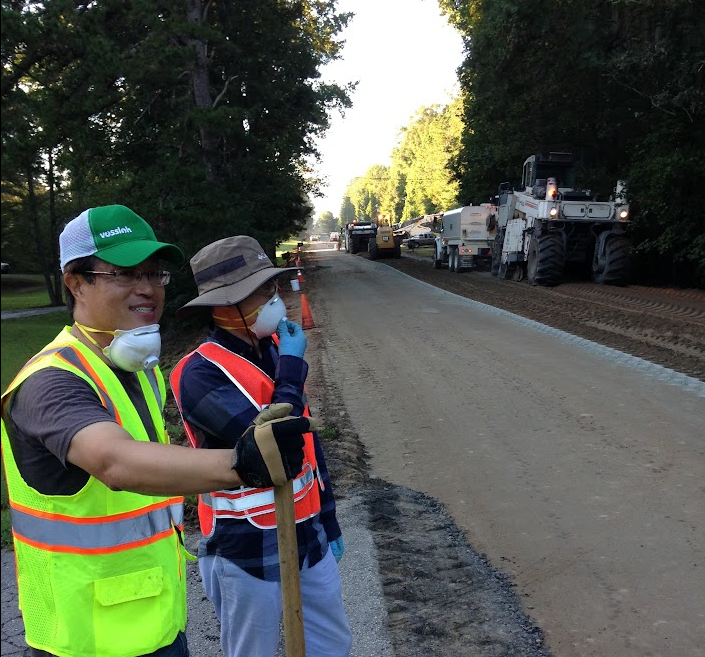 Full Depth Reclamation (FDR) is a sustainable and cost-effective approach to pavement
rehabilitation, transforming existing pavement and base layers into a new, stabilized
base for roads. In collaboration with the Georgia Department of Transportation (GDOT),
this research evaluates the performance of cement-stabilized FDR bases, providing
insights into their structural integrity, durability, and construction quality. The
study aimed to address challenges related to material variability, layer thickness
consistency, and field compaction standards, while also exploring advanced techniques
such as Ground Penetrating Radar (GPR) and Light Weight Deflectometer (LWD) for quality
control.
Full Depth Reclamation (FDR) is a sustainable and cost-effective approach to pavement
rehabilitation, transforming existing pavement and base layers into a new, stabilized
base for roads. In collaboration with the Georgia Department of Transportation (GDOT),
this research evaluates the performance of cement-stabilized FDR bases, providing
insights into their structural integrity, durability, and construction quality. The
study aimed to address challenges related to material variability, layer thickness
consistency, and field compaction standards, while also exploring advanced techniques
such as Ground Penetrating Radar (GPR) and Light Weight Deflectometer (LWD) for quality
control.
Key findings from the study demonstrated that cement content and layer thickness significantly influence the performance of FDR bases. Laboratory and field tests, including Unconfined Compressive Strength (UCS) and deflection measurements, highlighted areas for improvement in construction processes to ensure long-term durability. Mechanistic sensitivity analyses further underscored the critical role of stiffness and thickness in reducing pavement strains and enhancing overall pavement performance.
This research provides actionable recommendations for refining GDOT specifications and optimizing FDR practices. By leveraging innovative tools and thorough field evaluations, the study contributes to the development of more resilient, eco-friendly roadways while minimizing costs and material waste.
Rubble-House Research Project
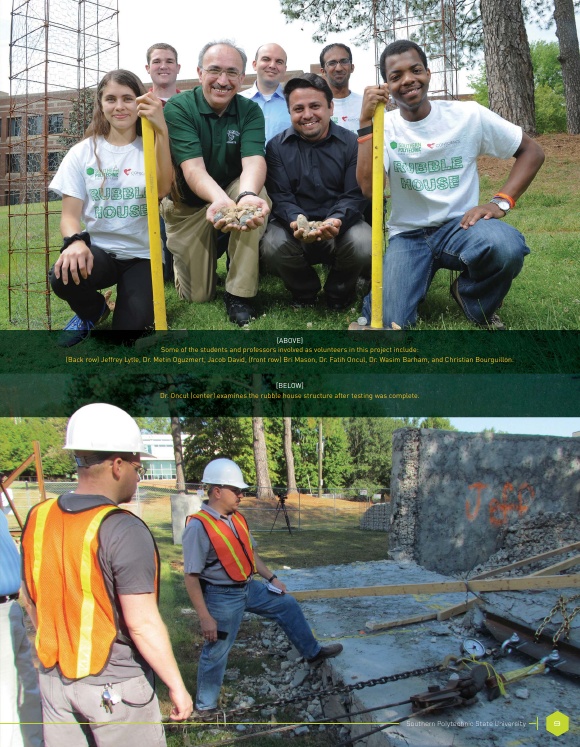
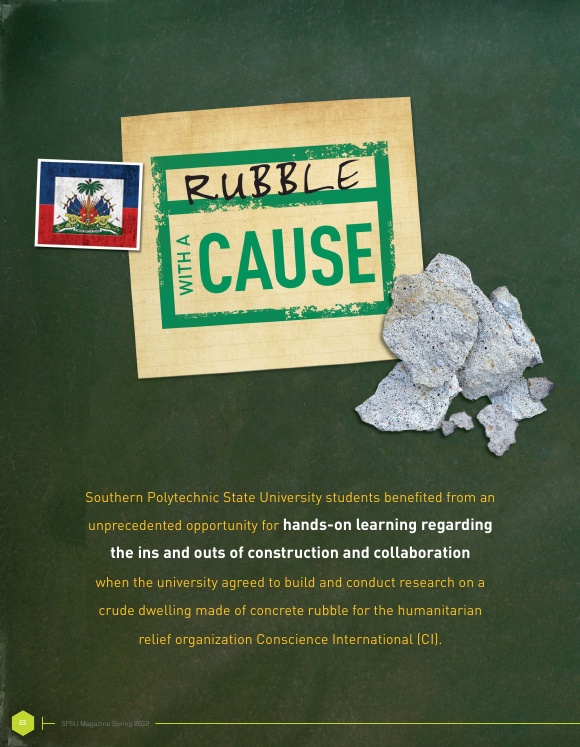
Dr. Adam Kaplan spearheaded a collaborative research project on rubble houses, partnering
with faculty from the Surveying and Mapping, Civil Engineering, and Construction Management
programs. The team conducted full-scale static load testing on a rubble house constructed
on campus, showcasing innovative approaches to sustainable housing.
News coverage during the construction stage.
A typical CMU wall being tested with a 120 lbs concrete battering ram.
A rubble-wall being tested with a 120 lbs concrete battering ram.
In January 2010, a devastating earthquake struck Haiti, destroying countless concrete and masonry structures, killing over 200,000 people, and displacing thousands of families. In response, non-profit organizations in the United States initiated efforts to construct replacement homes in areas severely affected by the disaster. Leveraging the abundance of post-earthquake rubble, the concept of building houses with walls made of welded wire baskets filled with loose rubble emerged as a cost-effective and rapid housing solution for low-income families. Conscience International, Inc. (CI), a Georgia-based organization, employed this innovative construction technique to build more than 70 rubble houses over the following two years.
In August 2011, Kennesaw State University (KSU) and CI launched a preliminary research initiative to evaluate the construction methods and seismic resistance of rubble houses. The project began with limited funding from both KSU and CI, supplemented by donations and volunteer support. A full-scale rubble house, measuring 14 feet wide, 20 feet long, and 8 feet tall, was constructed on KSU’s Marietta campus. The structure underwent static load testing to raise awareness within the university community and encourage student participation. Over 1,200 hours of labor, contributed by both engineering and non-engineering students, went into planning, constructing, and testing the house. This initiative not only enhanced students' awareness of community challenges but also promoted teamwork and interdisciplinary collaboration.
The team presented their findings at local meetings of the American Society of Civil Engineers (ASCE) and the Surveying and Mapping Society of Georgia (SAMSOG) in January 2012. In February 2012, they tested a small-scale replica of the rubble house wall on a seismic shake table at Applied Technical Services (ATS). The project was subsequently featured at the American Society of Civil Engineers (ASCE) and the American Society for Engineering Education (ASEE) conferences in June 2012. Research and development efforts for the project remain ongoing.
Please visit http://engineering.kennesaw.edu/rubblehouse/index.php for more information.
Seismic Interface Stability of Composite Dams
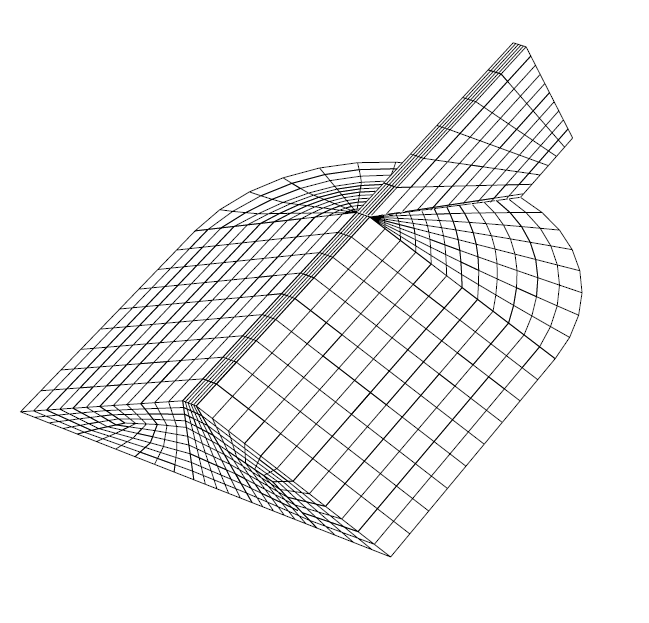
The evaluation of the seismic stability of a composite dam presents significant challenges, particularly due to the dynamic interaction between the concrete gravity dam and the soil embankment. Of critical concern are the wrap-around sections, which serve as transitional zones where the dam transitions from a concrete structure to embankment wing dams. The catastrophic potential of dam failure underscores the importance of thoroughly examining these interactions.
During strong earthquake shaking, the soil can slip and/or separate (debond) from the concrete surface, and upon reversal of motion, it may reattach (rebond). When the upstream surface debonds, water can enter the resulting gap, only to be expelled when the surface rebonds. This cycle of debonding and rebonding can lead to the formation of a permanent gap due to plastic deformation of the embankment, internal erosion caused by water pumping action, and ultimately, dam failure.
Analysis results reveal the potential for interface separation, acceleration amplification, and elevated pressures, all of which pose a serious risk of distress or failure in composite dams. These findings highlight the urgent need for research into this critical issue. According to The World's Major Dams and Hydroplants, there are 36 concrete dams with wing sections outside the United States. Within the United States, more than 40 composite dams exceeding 100 feet in height are situated in seismically active regions, further emphasizing the importance of addressing this problem.
Impact Analysis of Road Side Barriers and Seismic Analysis of MSE Walls and Bridge Abutments

Retaining walls often have safety rails mounted on top, which can sustain significant damage during vehicle collisions, potentially compromising the walls themselves. To enhance safety and reduce damage, new design guidelines aim to minimize harm to both the rails and the supporting retaining walls, enabling easier and more cost-effective repairs or resets to the rail-wall system.
In the United States, approximately half of all retaining walls constructed annually for transportation purposes—more than 7.5 million square feet—are mechanically stabilized earth (MSE) walls with precast panel facings. Of these, over 2 million square feet feature modular concrete block facings, which are inherently weaker than the reinforced concrete facings used in hybrid walls. To mitigate damage during vehicle impacts, top-mounted traffic barrier rails are monolithically fixed to continuous footings, commonly referred to as anchor slabs, moment slabs, or sleeper slabs.
The numerical analyses conducted in this study have provided a foundation for advancements in various fields, including the seismic analysis of hybrid walls, MSE retaining walls, and bridge abutments. These efforts continue to inform safer and more resilient infrastructure designs.
Performance of Earth Dams under Strong Earthquakes
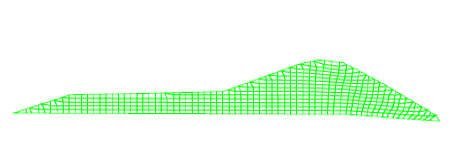
Strong ground shaking can cause significant damage to tailings dams and earth dams. The liquefaction of loose granular fill may result in large plastic deformations and strength losses, potentially leading to catastrophic failure of massive water-retaining structures. Finite element (FE) analysis is essential for evaluating the seismic performance of such structures, requiring advanced software and computational resources. To ensure the reliability of the analysis, results from one software must be validated by comparing them with those obtained from similar programs.
This study aimed to conduct a liquefaction analysis of the Butt Valley Dam, owned and operated by PG&E in California, using multiple FE software programs. The objective was to assess and compare the performance of various computational tools in evaluating the seismic stability of the dam.
Cost of Winter Sanding

This study marks the first collaboration between the Colorado Department of Transportation (CDOT) and the Colorado auto insurance industry to address the financial impacts of using sand as a roadway traction enhancement material during winter weather. Historically, sand has been spread on snowy and icy pavements to improve traction, but this practice has proven costly in multiple ways, including increased roadway maintenance, vehicle damage (particularly to windshields), and negative environmental and health effects. The cost of windshield damage alone has been rising by approximately $6.19 million annually, with total damages in Colorado estimated at around $90 million (adjusted for inflation). Despite the state's exponential population growth and the corresponding rise in auto insurance policies, recent statistics suggest a slowing rate of increase in windshield damage costs.
This study investigated the mechanism behind airborne sand particles through field tests using high-speed cameras and finite element (FE) simulations. The analysis revealed that as tires roll over sand particles, elastic energy is stored in both the particles and the asphalt pavement. When the tire-pavement interface pressure is released, the sand particles are propelled into the air, gaining additional speed when struck by moving vehicles and achieving greater elevation. These findings provide crucial insights into mitigating the adverse effects of sand usage on roadways.









